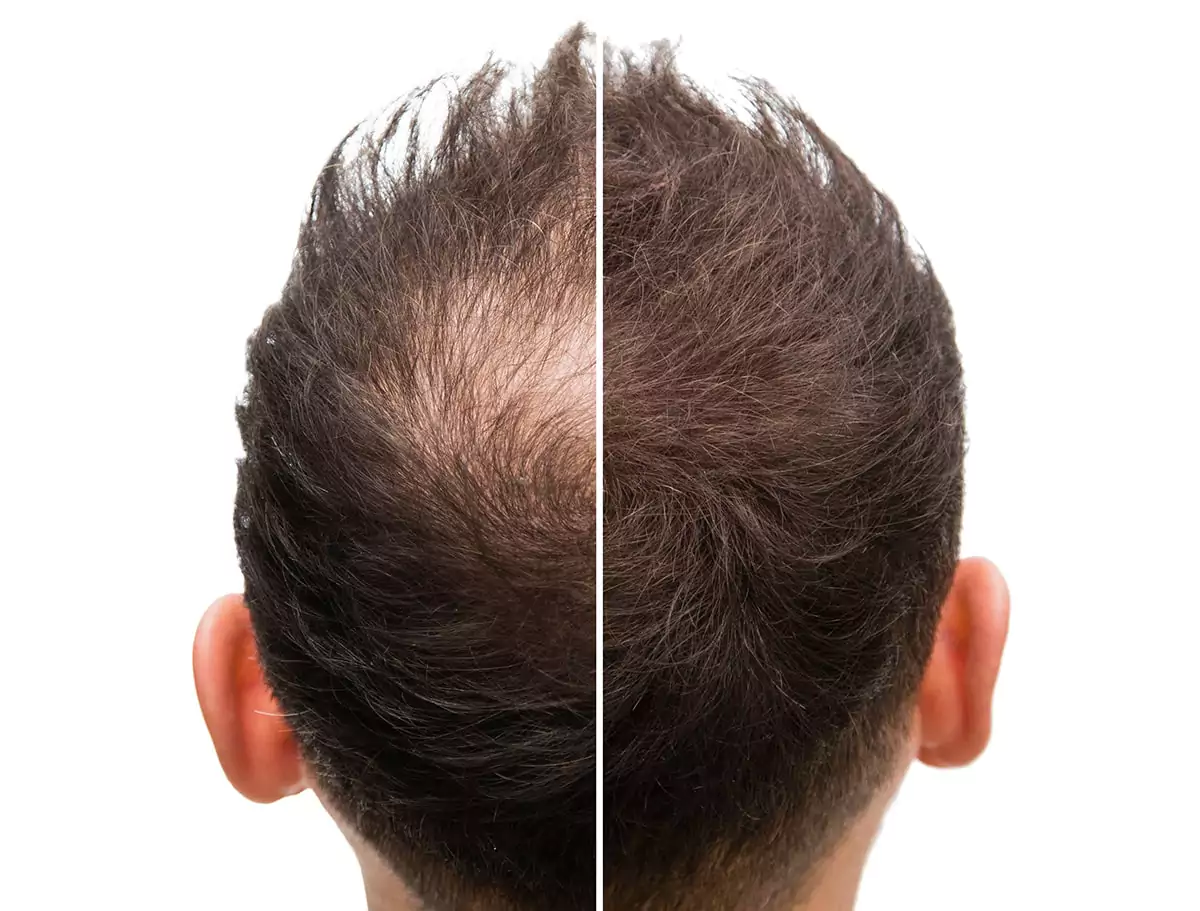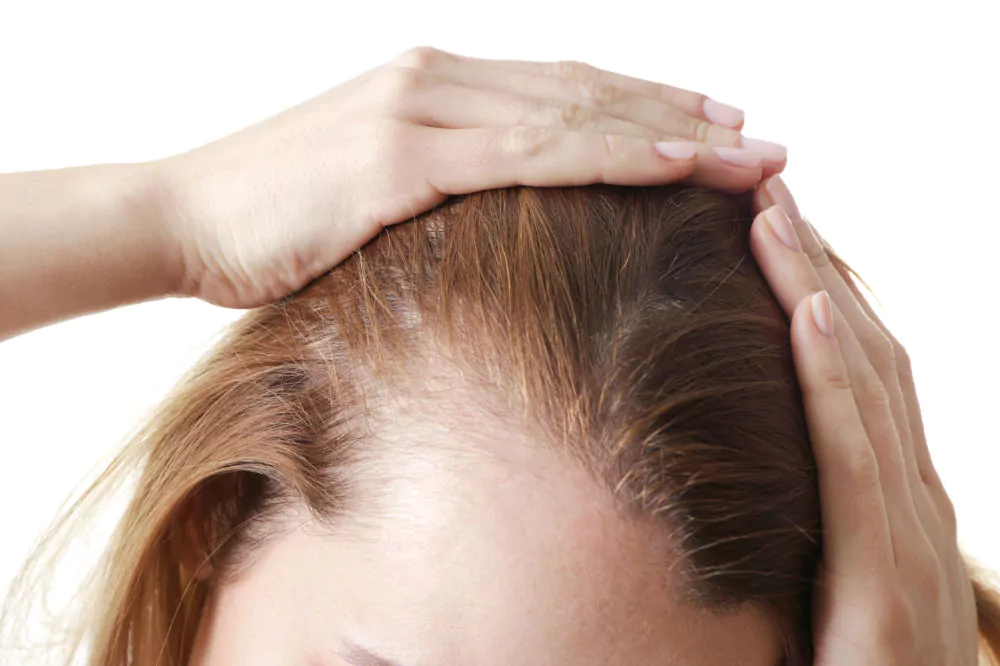If you have been researching cosmetic medicine, you will no doubt have come across two terms, PRP and PRF. Both are incredibly popular treatments for a wide range of conditions and have medical as well as cosmetic applications.
But what are they and what’s the difference between them?
We’re going to discuss both treatments and provide a high level overview of both.
If you’re considering either of these, you should end up with enough information to make an informed decision.
PRP – Platelet Rich Plasma
PRP stands for Platelet Rich Plasma. It harnesses growth factors within your own blood to help regenerate cells at the treatment site.
It’s a very effective treatment for a number of conditions.
PRP injections can be used to help treat tendons, ligaments, muscles and joints.
Cosmetic use of PRP can help tackle wrinkles, fine lines, skin discoloration, scarring and other skin conditions.
The PRP solution is made of your own blood, which is why it’s so effective.
A small amount of blood is taken and processed at high speed in a centrifuge. This separates the blood into its constituent parts.
The blood plasma is separated and prepared for use. A special microneedler applies the PRP solution to the affected area and injects it where it’s needed most.
The idea is to deliver the healing potential contained within your blood directly to areas that need healing.
PRF – Platelet Rich Fibrin
PRF stands for Platelet Rich Fibrin. It’s an evolution of PRP that uses a similar solution but with more stem cells, white blood cells and fibrin from your blood.
These three components add to the healing potential of blood plasma to deliver even more healing potential.
PRF treatments are used to tackle similar conditions to PRP. It can be used medically for injuries or rehabilitation or cosmetically.
The PRF solution is created using similar methods. A small amount of blood is taken, like a blood test and placed in a centrifuge like with PRP.
The main difference is, we spin it slower and use a gel carrier to help keep it liquid. The result of this new process is more stem cells, more white blood cells and fibrin within the PRF solution.
The slow spin also retains some of the natural formation of the solution. The white blood cells and fibrin retain a scaffold-like structure that releases platelets over time rather than all at once.
This allows PRF treatments to provide slow release healing over a much longer period.
Stem cells are the building blocks of the body. Most cells we have begin as stem cells, so they have huge potential for regeneration. White blood cells are part of our immune system, so help protect us but they also contain T cells, more building blocks.
Fibrin is a protein in the blood that helps blood clotting and wound sealing. It also has healing potential.
The combination of these three extra elements, plus blood plasma improves the capacity of PRF treatments to help healing by a significant margin.
The PRF solution has a much higher concentration of platelets, which boost healing potential even further. Where PRP typically has a 5x concentration, PRF has 10x concentration.
This is another significant boost to healing potential.
Key differences between PRP and PRF treatments
As you can see, PRP and PRF treatments are similar but there are key differences.
They both:
Use concentrated platelet solutions to deliver healing to target areas – Both PRP and PRF use the healing power of your own blood to deliver healing to areas that need it most.
Require no surgery or invasive procedures – Both treatments are outpatient only and will take less than an hour. No surgery, no chemicals, no medication.
Both use your own blood to heal your own body – What could be more natural than healing you with your own growth factors?
PRF offers:
Higher blood platelet count – Blood platelets contain a lot of the healing potential. You get up to 10 times the concentration with PRF than you do with PRP.
Slower release and longer healing period – PRF retains more of the structure of blood, which means a slower release of platelets. This provides faster healing thanks to higher concentration of platelets over a longer period thanks to the slower release.
Fibrin and white blood cells – Both fibrin and white blood cells have a vital role to play in healing. The PRF solution contains both to deliver much higher healing potential.
PRP offers:
Healing potential from your own blood plasma – PRP treatments are very effective at treating a range of medical and cosmetic conditions.
Natural healing potential with no chemicals – Aside from an anticoagulant (acid citrate dextrose) to stop blood clotting, PRP treatments are 100% natural.
What conditions can be treated with PRP and PRF?
Both PRP and PRF treatments can be used to tackle a wide range of conditions.
They can be used medically to treat sports injuries, muscle and joint issues and a range of other conditions.
PRP and PRF can also be used to cosmetically treat a wide range of conditions, like:
- Acne scars
- Hair loss
- Alopecia
- Stretch marks
- Wrinkles and lines
- Uneven skin tone or texture
- Sagging skin
- Hyperpigmentation
- And a wide range of other conditions
Who can benefit from PRP and PRF treatments?
Almost anyone can benefit from PRP and PRF treatments. As long as you’re over 18 and don’t have any medical conditions that would impact, or be impacted by, the treatment, you can benefit from it.
If you do have any blood-related medical conditions, we would strongly recommend consulting your physician first.
We would also strongly recommend informing our team about any treatment, medication or condition you may have that impacts the blood.
It’s always better to be safe than sorry!
Otherwise, both PRP and PRF treatments are completely safe. They are non-invasive, non-surgical, use no chemicals, require no medication and no recovery time.
Treatments take less than an hour and will leave little or no sign you had anything done.
PRP treatments vs PRF treatments – Which is best?
If you’re considering PRP or PRF treatments, you probably now know which is the best option.
All other things being equal, PRF, Platelet Rich Fibrin, treatments are superior to PRP, Platelet Rich Plasma.
PRF offers:
- Higher concentration of blood platelets (10x)
- Inclusion of stem cells, white blood cells and fibrin with the PRF solution
- Slow release healing over a longer time period
- No artificial ingredients (no acid citrate dextrose coagulant)
- Faster healing potential
For these reasons alone, we regard PRF treatments as superior to PRP. While PRP is still very effective, its successor, PRF has overtaken it in terms of healing potential.




